settings
children
With Famly since
Bugs and other critters might not always be welcome inside our homes, but we need them in the garden. Creating bug or insect hotels with little ones gives our garden critters a helping hand so that they can do their jobs and keep the environment healthy.
The incredible work that goes into growing a garden is largely hidden from us humans. Insects of all shapes and sizes play an important role in maintaining the balance of the ecosystem so that plants and flowers can grow and thrive.
Observation is key but in order to observe the bugs, you need to choose different times of the day to visit the hotel. Remain respectful of any inhabitants - don’t move anything or change anything. Visit the hotel early in the morning, around midday, and at dusk as the sunsets. You may have to sit quietly for a long time, staying still so that you don’t chase away any of your guests. You may see little bees visiting the hotel, lacewing flies, moths, beetles, or even little grubs and larvae.
Here are 7 ways to build a bustling bug hotel with the little ones:
Activity 1: How to build a bug mansion
Activity source: www.wildlifewatch.org.uk
The bug hotel in a nutshell:
Humans aren’t the only creatures that love to live in massive mansions. Bugs do too! There are many different ways to build a bug mansion, and wood is one of your best materials because bugs eat it and love to nest in it. This activity uses wooden pallets to make a wooden palace for those tiny friends.
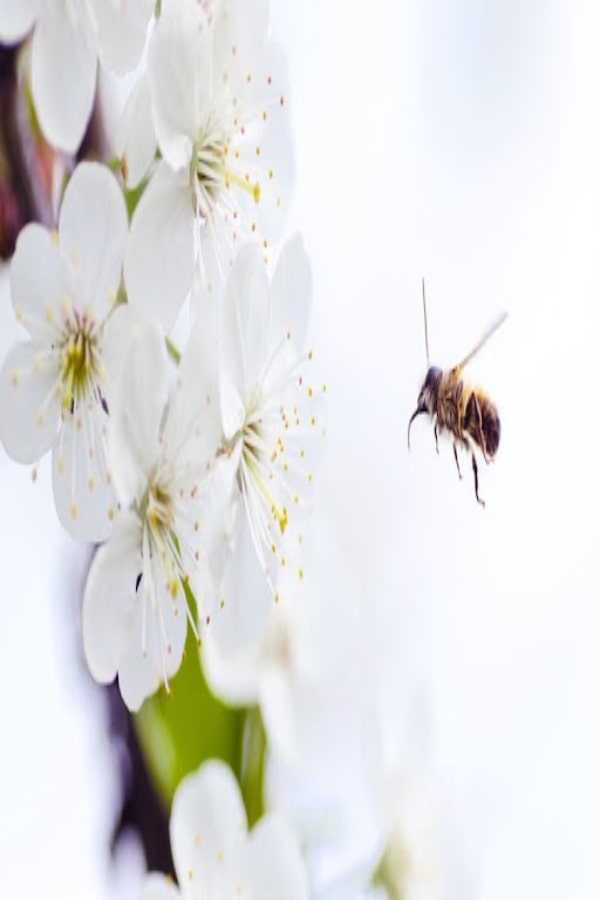
What you will need:
- Wooden pallets
- Dead wood that you find in the garden
- Stones and tiles
- Twigs
- Other natural debris
How to do it:
The base of this bug mansion is made from pallets. All you need to do is to stack a few pallets and then fill the gaps with your other materials, like dead leaves, twigs, hay, stones and tiles. Make sure to pick a sunny spot in the garden — your mansion needs some sun and some shade so that many different types of bugs will want to stay in your bug mansion.
Activity 2: Build a insect hotel using old cans
Activity source: Pacific Beach Coalition
The bug hotel in a nutshell:
Bugs love to crawl into tunnel-like spaces, and that’s fairly easy to set up for them! This activity is one of the easiest if you want to create a bug hotel out of ordinary items you already have handy.
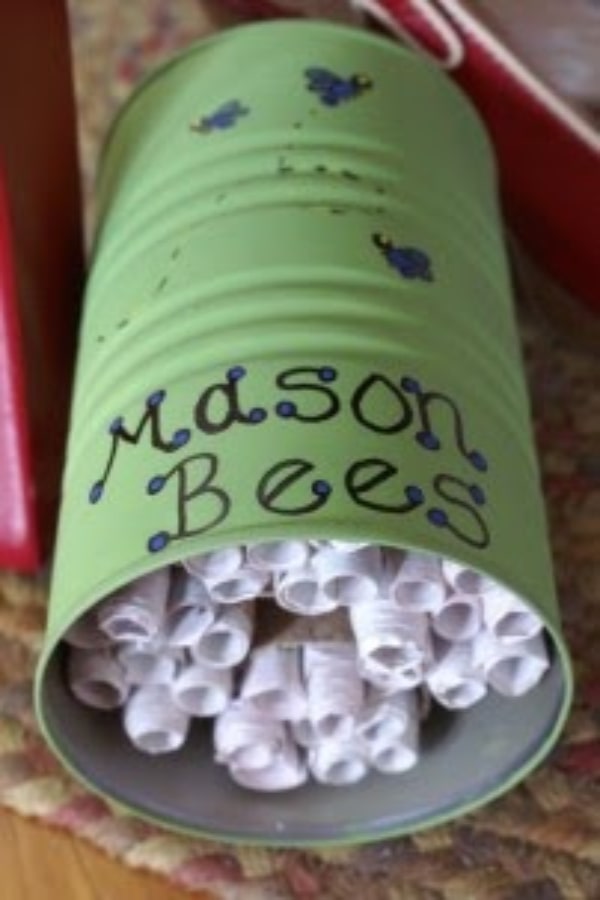
What you will need:
- Medium-sized can
- 2 rolls of toilet paper (empty)
- Sheets of paper
- Glue (any child-friendly glue)
- Tape
- Paint for the tin can
How to do it:
The can forms the outer shell of the hotel, so you can start by decorating it! You might also want to add other decorations, like pretty beads, buttons, or sequins - the bugs might love the bright colours. Next, create the little paper tunnels. Measure the width of each sheet of paper to be a little smaller than the length of the tin can, and cut them to size if they’re longer. Create the tunnel by rolling the sheets of paper around a pencil and use tape to hold the paper in place before you remove the pencil.
Depending on the size of your can, you will probably need around 30 tunnels to fill the can. Place the tin can in a tree, on a log, or wedged between rocks on the ground, exactly where some lucky bugs would find it.
Activity 3: Cinder block bug hotel
Activity source: Homemade Heather
The bug hotel in a nutshell:
Cinder blocks are super useful building materials, even if you’re building a home for bees and bugs! You can set these up in a garden, and can make this bug hotel pretty by planting herbs around it, attracting more critters to stay at the cinder block bug hotel.
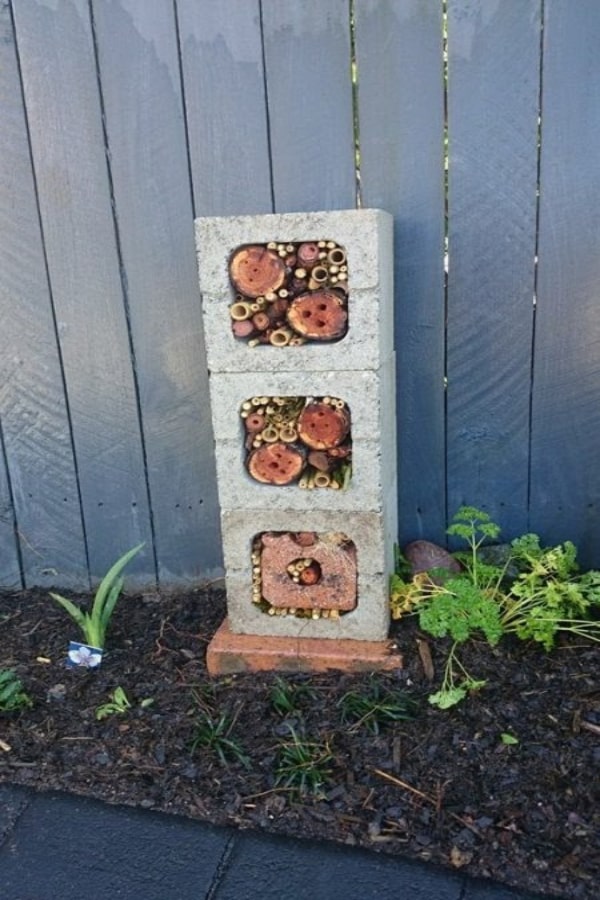
What you will need:
- Cinder blocks
- Branches and twigs
- Drill
- Bricks
How to do it:
Grown-ups will have to help by operating some power tools on this one. Start by drilling holes into the twigs and branches to create tunnels, so drill the holes to run parallel with the twig/branch. Next, young eyes can help to locate the perfect spot in the garden for the hotel.
Then, lay the foundation for the hotel. Place the bricks on a level patch of ground to form the base. You can lay the cinder blocks on the bricks side-by-side or stack them (as shown in the picture). Next, pack your sticks and branches into the bricks. You can cut them to the same length as the cinder blocks, or you can allow them to poke out at the back at different lengths. Plant some herbs and flowers around the setup and wait for your little guests to arrive.
Activity 4: Easy-peasy plastic bottle bug hotel
Activity source: UK Safari
The bug hotel in a nutshell
If “easy-peasy” gets your attention, this is the perfect activity. This bug hotel is especially loved by ladybirds and lacewings. You can always customise this idea by adding more decorations to the outside of the bottle, which forms the shell for this bug hotel.
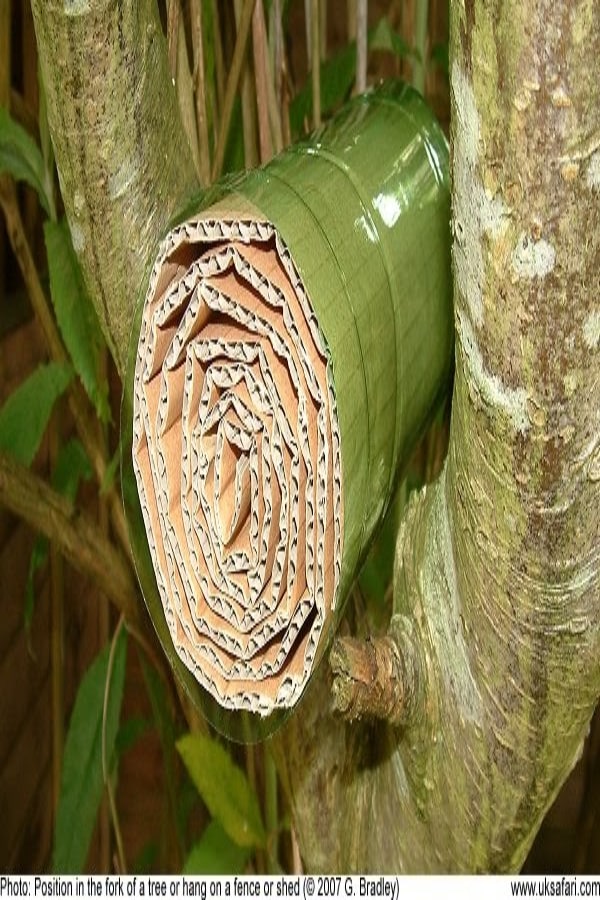
What you will need:
- Scissors
- Cardboard
- Plastic bottles
How to do it:
Cut the spout part of the plastic bottle away using scissors, so you can use the rest of the bottle as the bug hotel’s outer shell. This should be done by an adult (or under adult supervision). Next, cut your cardboard to size. You need a strip that is around 20 cm in width —the length doesn’t matter. Roll up the cardboard and stuff the roll into the plastic bottle.
It needs to fit into the plastic bottle without hanging out, because insects won’t enjoy living in wet cardboard. The little gaps in the cardboard make the perfect little hotel rooms for insects. Place the bottle somewhere sturdy, like in a tree, making sure the open side is pointing slightly downward to protect the cardboard from rain.
Activity 5: Build a bug waterer
Activity source: Intelligent Living
The bug hotel in a nutshell
With a declining bee population, activities that focus on improving the life of the humble honeybee are one of the most impactful ways to help the environment. This bee feeder bug hotel keeps our busy bees hydrated and happy.

What you will need:
- A bowl
- Water
- Marbles
How to do it:
It’s a great idea to keep the bee feeder in a sunny spot, so choose your location carefully. Bees can remember where they get water, so it’s also a great idea to keep it in the same place every day. Next, get your bowl and place your marbles in the bowl. Add water, ensuring the top layer of marbles sticks out, providing a sitting spot for the bees. Don’t add sugar or honey — though it might sound tempting, this is not good for the bees. It can also cause the swarm to stop visiting flowers (because one bee will tell the others about the sugar water and they will all want some) and we need bees to pollinate our plants.
Activity 6: Build a beetle hideout
Activity source: PTES.org
The bug hotel in a nutshell:
A bug tower looks like a rustic castle from the outside, but the real bug home is under the ground. The logs and natural items you use will attract a variety of bugs and nunus, especially if this is a dry space for bugs to take shelter in during rainy weather.
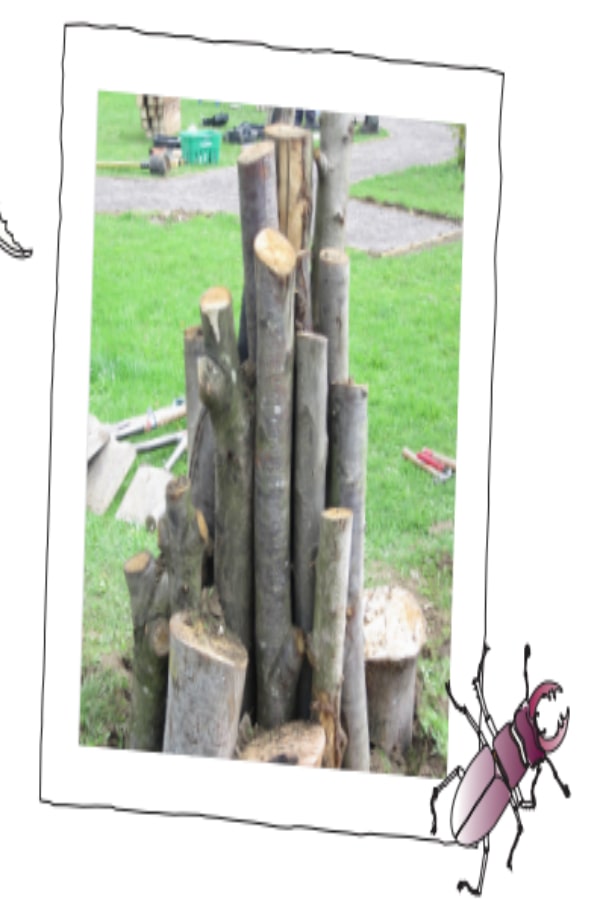
What you will need:
- Logs (at least as thick as an adult’s arm) from any broad-leafed tree
- An area with soft soil you can easily dig holes into
- A hammer to help hit the logs into the ground
- A hand trowel
How to do it:
The best spot for this bug hotel is in partial shade, because you don’t want the logs to dry out. Using a hand trowel, dig a narrow hole for the logs. If the soil is soft you can just push them down into the soil, but they need to be buried about 50cm deep. You can also whack them down using a hammer. It looks great when you stagger the height of the different poles, creating something like a wooden log castle. If you want to take this activity further, you and your children can paint little square shapes up the logs to represent widows. Plant some ground creepers and small bushes around the tower — the more moisture you have, the more bugs you will attract.
Activity 7: Bury a bucket and save British stag beetles
Activity source: The Guardian
The bug hotel in a nutshell:
As large and scary as stag beetles look, they’re completely harmless and essential for the health of our planet — and they’re endangered. Their larvae rely on rotting wood to survive, so the fact that gardens are kept free from rotting wood and leaves causes a major threat to these beetles. Burying a bucket of wood chips can save the larvae and help this species survive.

What you will need:
- A plastic bucket
- Soil
- Woodchips
- A spot in the garden
How to do it:
Make holes in the sides and bottom of an ordinary plastic bucket. Fill the bucket with one-quarter soil and three-quarters of woodchips. Dig a hole in a quiet part of your garden and bury the bucket with the top at ground level. Burying a bucket almost makes you a hero. Who would have thought? At the very least, you’re saving a species without even breaking a sweat. British stag beetles are important critters, and they need our help. This bucket activity creates a safe space for British stag beetles to nest in, helping them to populate more effectively.
The big ideas
Please note: here at Famly we love sharing creative activities for you to try with the children at your setting, but you know them best. Take the time to consider adaptions you might need to make so these activities are accessible and developmentally appropriate for the children you work with. Just as you ordinarily would, conduct risk assessments for your children and your setting before undertaking new activities, and ensure you and your staff are following your own health and safety guidelines.
Get 1000s of free EY activities
Want over 7,000 activities? See them in a free 14-day trial. Filter to target learning areas, age groups and topics, and get inspired.
Get started









